Movie studios consider tons of ideas during the early stages of filming any big-budget picture. Ultimately, many ideas are scrapped and replaced with alternative endings that are safer for audiences or can ensure possible sequels.
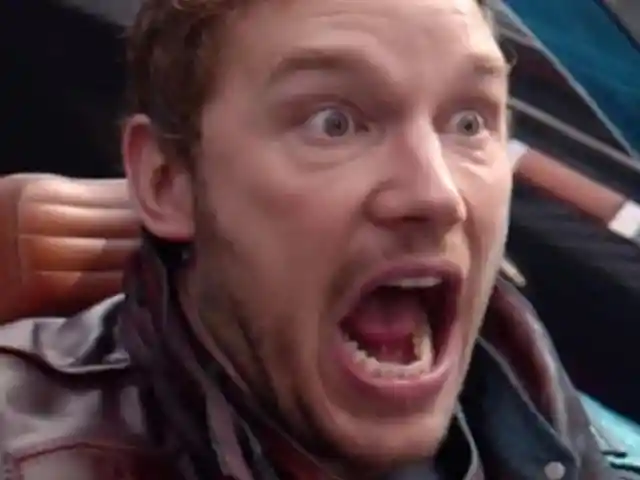
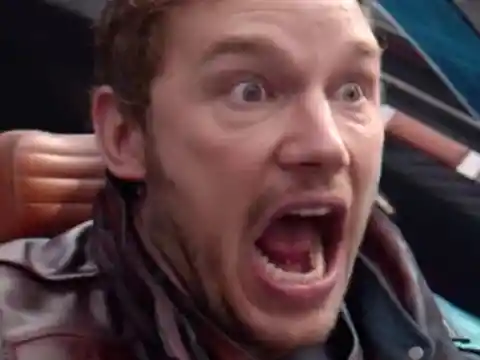
But a lot of deleted movie endings are so mind-bending and awesome that they might have changed the entire film... and made it a whole lot better. Although the final product was usually successful, the finished movie might be a lot less interesting without its originally intended ending.
"A Nightmare on Elm Street"
In the original “A Nightmare on Elm Street,” the film’s protagonist squares off against Freddy Krueger, a boogeyman who kills people in their dreams and subsequently in real life. In the end, he’s defeated, but then, the protagonist’s mom gets yanked through a window by Freddy while the car the protagonist and her friends are in gets possessed and heads off into the unknown.
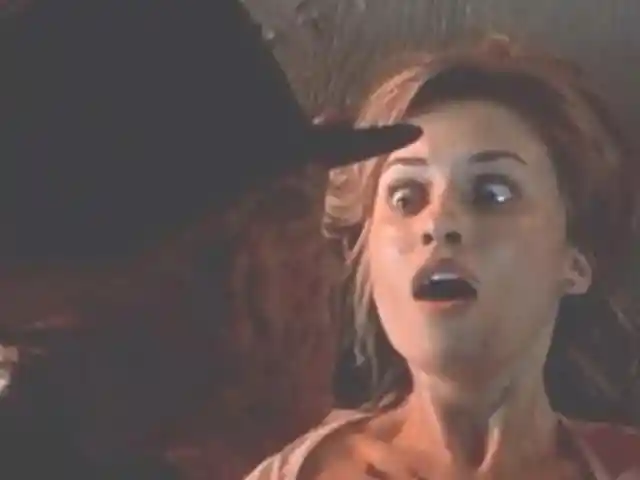
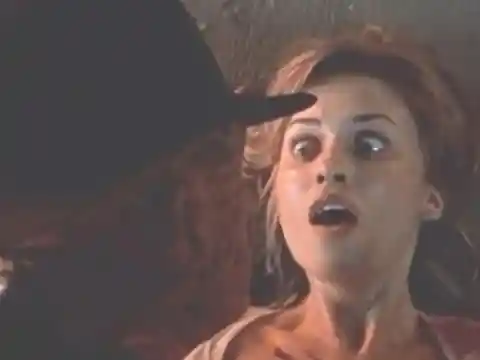
But in the original, the protagonist gets in the car, drives off and that’s it. Had they kept the original ending, there wouldn’t have been so many sequels.
"Toy Story 4"
In “Toy Story 4,” Woody encounters his old flame, Bo, who’s living freely as a lost toy. In the end, Woody and Bo decide to work together to pair lost toys with kids.
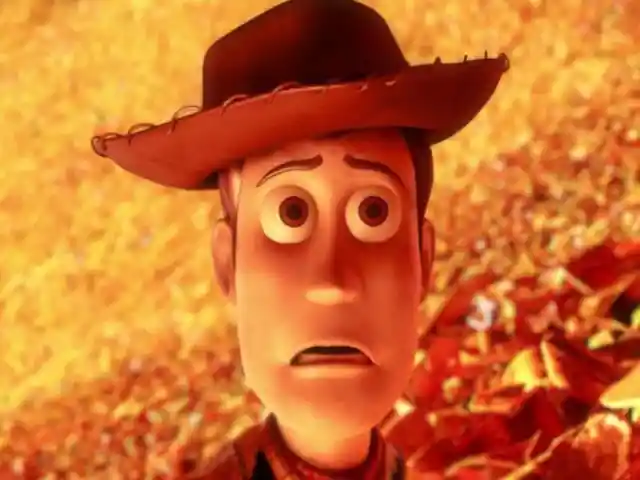
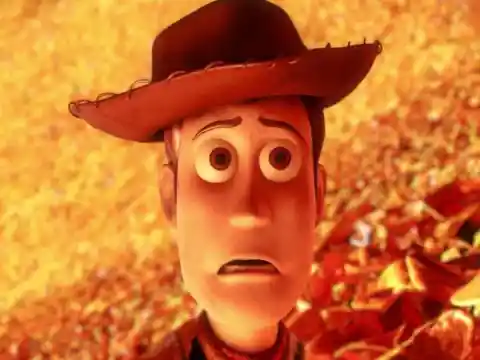
But in the alternate ending, Bo doesn’t want to be a lost toy anymore after bonding with a kid that goes in and out of her life. In the end, she chooses the kid and bids a touching farewell to Woody.
Harry Potter and The Deathly Hallows — Part 2
In “Harry Potter and The Deathly Hallows — Part 2,” moviegoers got to see a flash-forward of married couples Harry and Ginny and Ron and Hermione sending their kids to Hogwarts. But Hollywood could have used J.K. Rowling’s potential alternate ending, which jumped to the year 2130 and had Harry as the headmaster at Hogwarts.
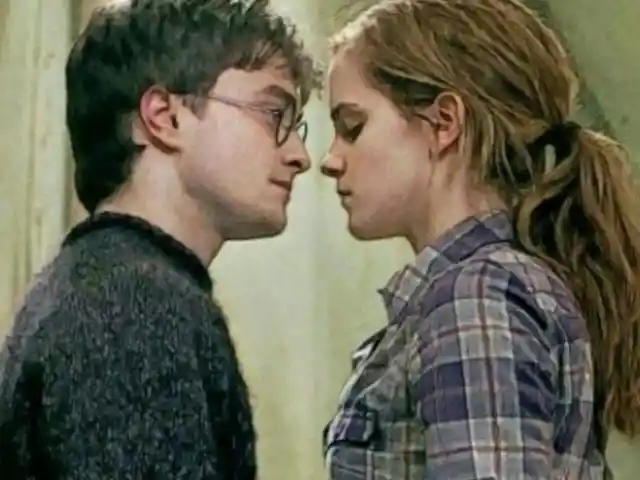
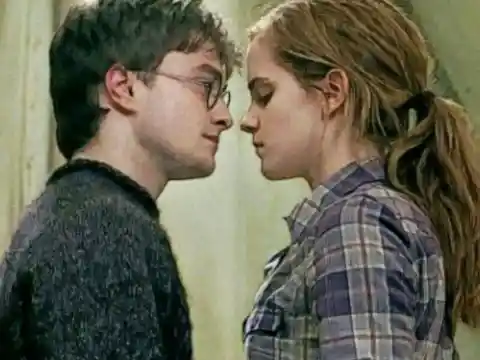
He also would have wiped all memories of Voldemort from the Wizarding community. But the story would have also hinted that Harry’s great-great-grandson might become the next dark wizard.
"Star Wars: The Rise of Skywalker"
In “Star Wars: The Rise of Skywalker,” Kylo Ren sacrifices himself for the greater good. Then Rey moves to Tatooine and adopts the Skywalker name.
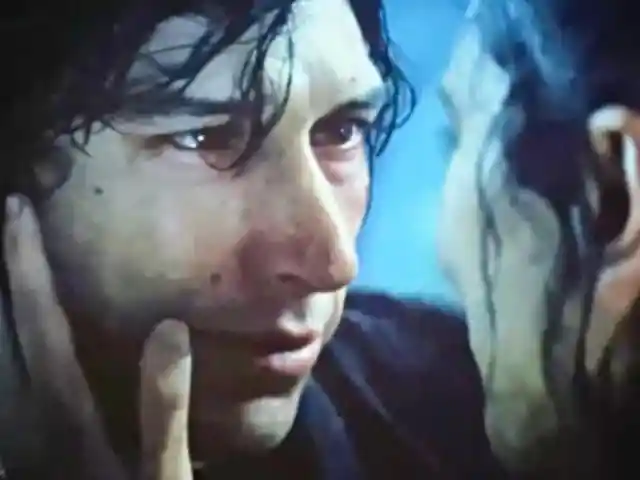
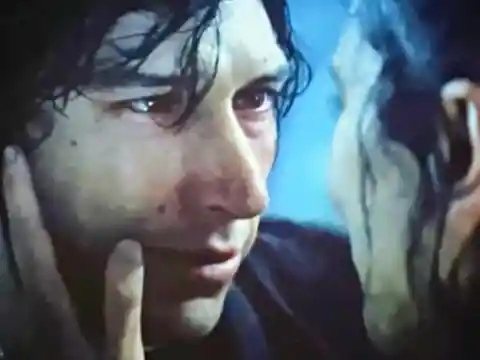
But there was a rumored alternate ending that was later called into question but would have had Rey sacrifice herself while Kylo Ren went to Tatooine to take on the Skywalker name.
"Salt"
“Salt” stars Angelina Jolie as Evelyn Salt, a Russian sleeper agent who’s working for the CIA. In the alternate ending, we get to see Salt disguised as a nun while she infiltrates the Russian facility where she was trained.
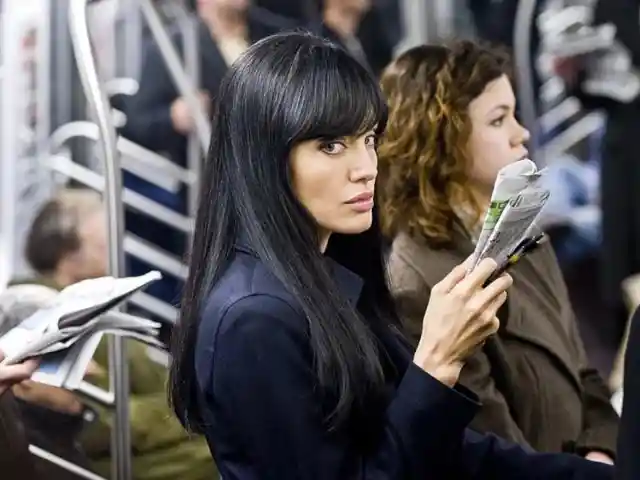

Salt takes out the Russian spymaster, Orlov and the scene ends with the facility blowing up. This implies that Salt would have hunted down and destroyed the entire operation in the sequel.
"Get Out"
In “Get Out,” Chris escapes with his friend Rod’s help after killing his girlfriend and her family in self-defense. But in the alternate ending, the lights and sirens in the final scene are cops who arrest Chris.
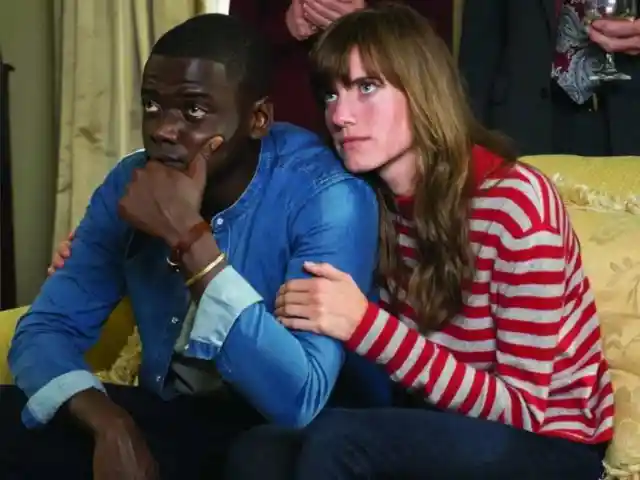
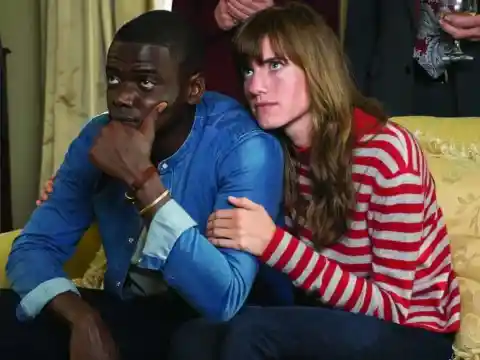
When Rod visits him in prison to go over what happened, Chris tells Rod, “I stopped it,” which insinuates that he had made peace with his actions to prevent his girlfriend and her family from doing to others what they had tried to do to him.
"Happy Death Day"
In “Happy Death Day,” Tree, a college student, is stuck in a time loop after a masked killer murders her on her birthday. In the end she learns it was her roommate Lori all along, and she stops her.
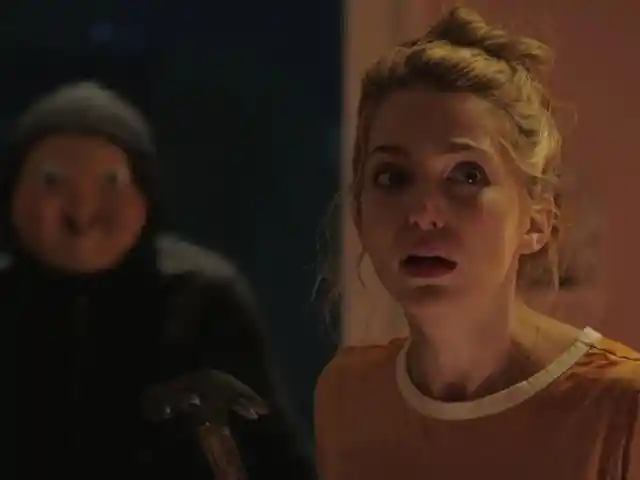
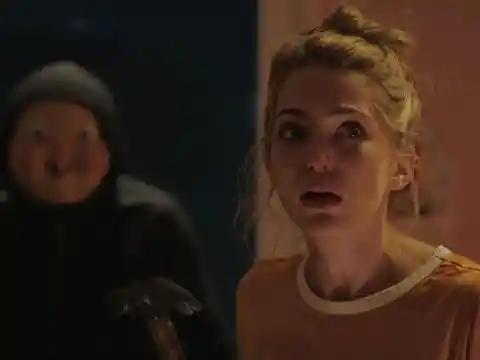
But in the original ending, Tree kills Lori and sustains injuries. And while recovering in the hospital, the wife of the professor Tree was sleeping with murders her, making the alternate ending far more horrifying.
"Guardians of the Galaxy"
In the final scene of “Guardians of the Galaxy,” the team flies off on their ship while the song, “Ain’t No Mountain High Enough” plays in the background. But the deleted scene shows Peter Quill’s grandfather looking up at the sky while holding a photo of his grandson and deceased daughter.
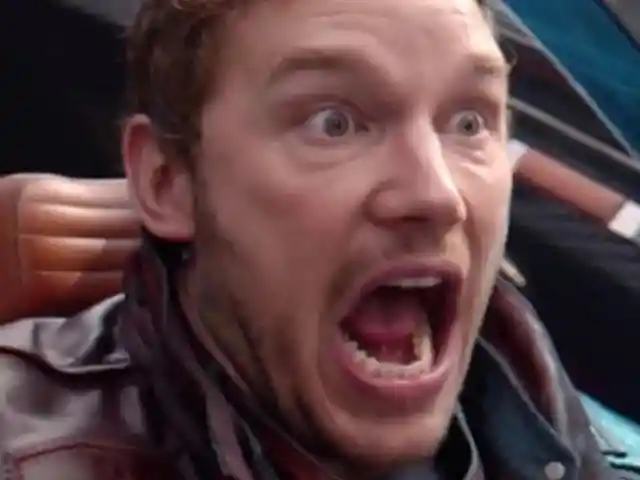
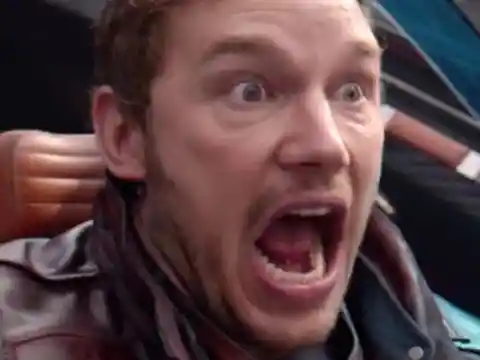
The scene implies that Peter’s grandfather had witnessed his abduction and was waiting for him to come home. But director James Gunn felt that the sad scene would have ruined the otherwise happy montage.
"Man of Steel"
In “Man of Steel,” Superman snapped Zod’s neck, but earlier versions of the script featured Superman defeating Zod but choosing to send the Kryptonian villain to the Phantom Zone where he would spend eternity in exile.
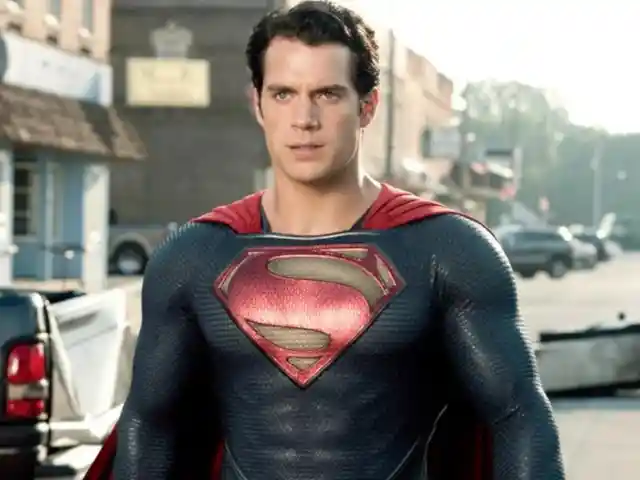
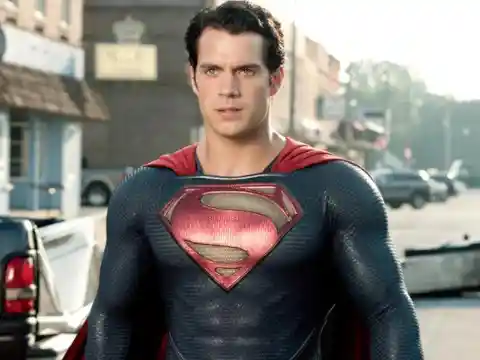
Producer Christopher Nolan preferred this ending but director Zack Snyder and writer David Goyer felt that killing Zod made a bigger impact.
"Evil Dead"
In the 2013 remake of “Evil Dead,” Mia is seen walking into the woods after escaping a supernatural onslaught of blood and gore. But in the alternate version, Mia passes out while walking on the road. Then a truck driver finds her and takes her to the hospital.
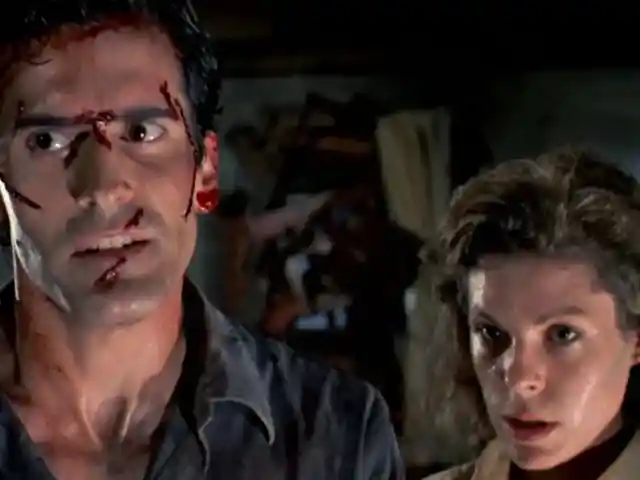
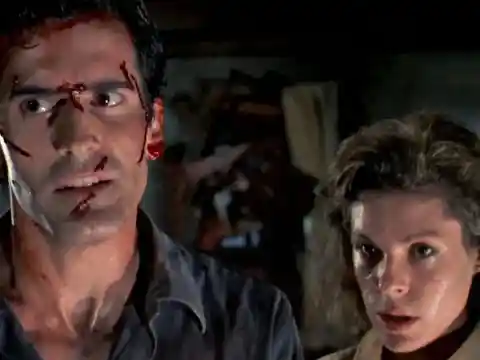
In the final scene, the camera focuses on Mia’s eyes as they open. While it’s not insinuated that she’s possessed, it gives the audience the sense that she’s been changed forever by the experience.
"Interstellar"
“Interstellar” follows astronaut Cooper into a black hole where he finds himself in fifth-dimensional space. He’s able to communicate with his daughter, Murph, in the past. And by sending her data, he is able to give humanity the knowledge of how to survive on space stations in the future.
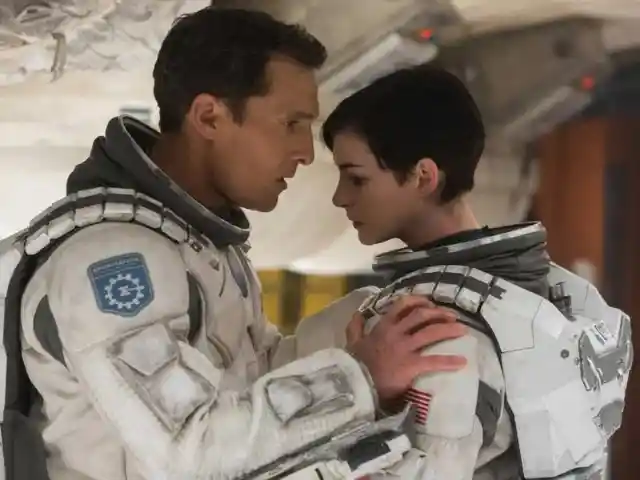
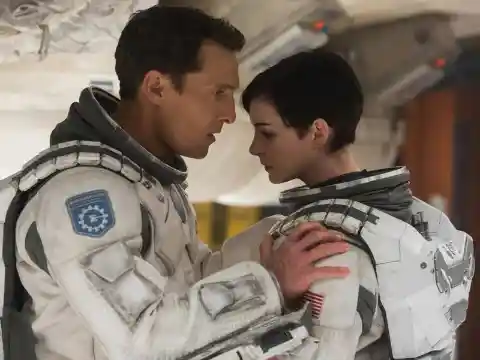
But in the original ending, the black hole collapsed as Cooper tried sending the data to his daughter. That means that while the data might have made it to Earth, Cooper never got to see the future he helped paved for humanity.
"The Butterfly Effect"
“The Butterfly Effect” follows Evan, who travels back to the day he met his friend Kayleigh and alters history so that they never meet. When Evan returns to his time, he discovers that the changes have made everyone’s lives better. But in the alternate ending on the Director’s Cut DVD, Evan travels back in time and strangles himself in the womb to ensure the time-traveling gene ends with him.
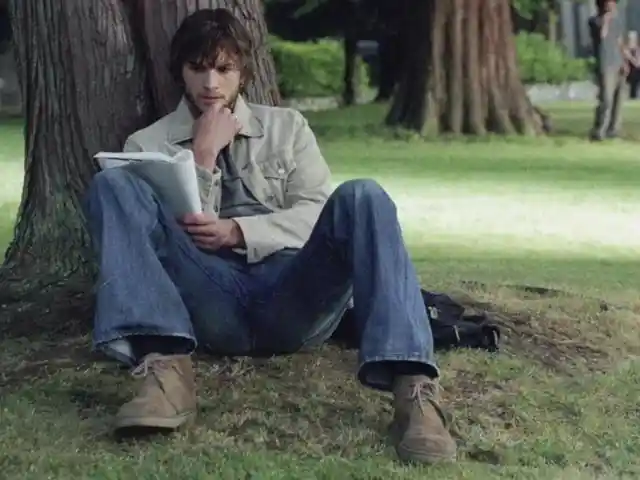
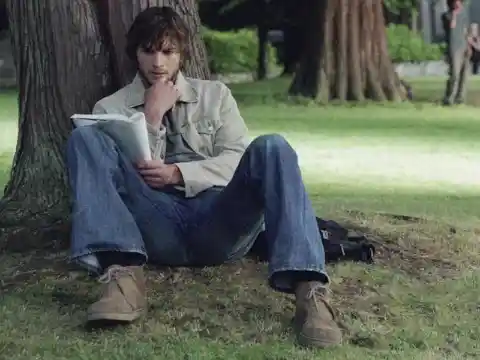
But then audiences learn that his mother had several miscarriages before Evan, which leads viewers wondering if this has happened before.
"First Blood"
In “First Blood,” Colonel Sam Trautman prevents Rambo from killing Teasle. Then Rambo breaks down and shares his traumatic experiences before surrendering to Trautman.
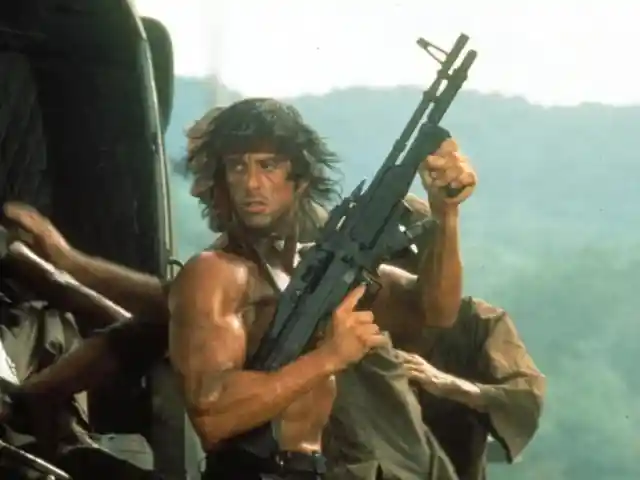
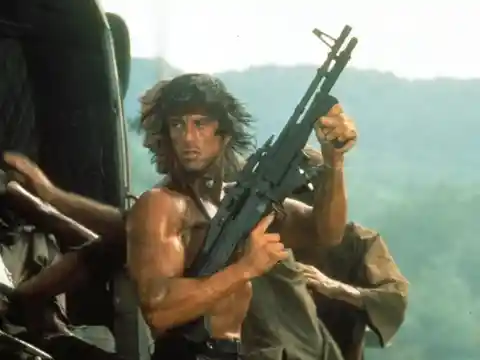
But in the original ending, Rambo gives the Colonel his gun and begs him to kill him. When he refuses, Rambo grabs his arm and the gun goes off, killing him.
"Army of Darkness"
In “Army of Darkness.” demon hunter Ash Williams takes five drops of a sleeping potion that sends him back to his own time after the film’s events, and everything is fine.
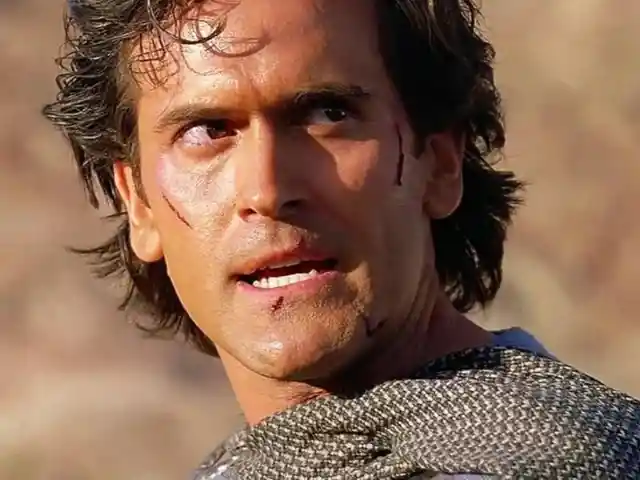
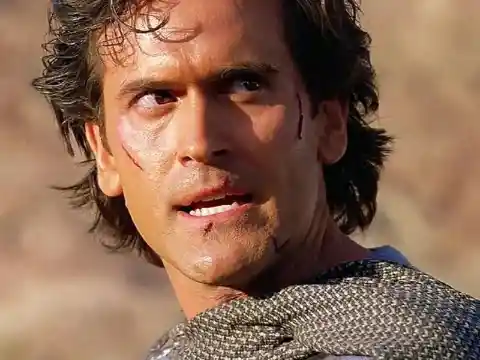
But in the original ending, Ash took seven drops, so he slept longer than he was supposed to and wakes up in an apocalyptic world where demons have won.
"Blade: Trinity"
In “Blade: Trinity,” the half-human, half-vampire Blade is told by Dracula that it’s only a matter of time before he gives into his thirst for blood. But by the end of the film, it’s clear that Blade has no intention of giving into his dark side.
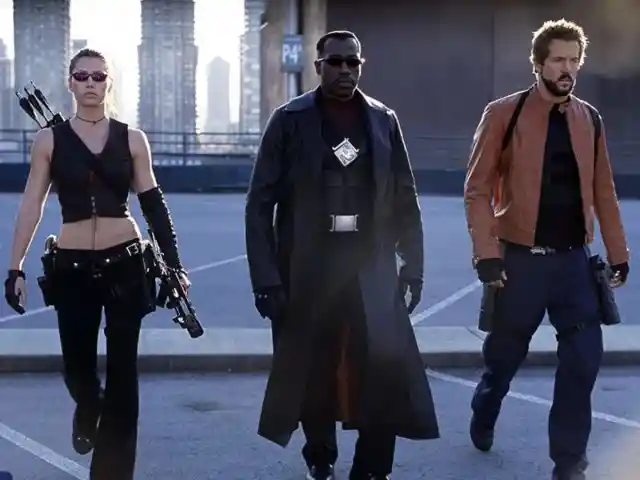
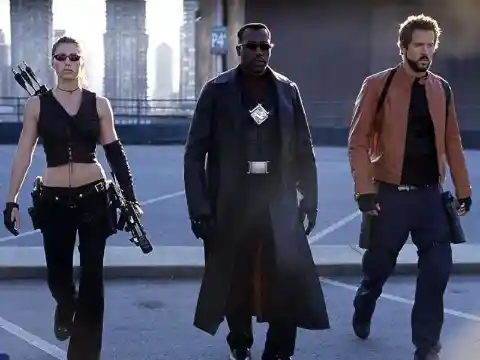
But in the original ending, Blade wakes up in a hospital and slaughters the doctors who saved his life. He leaves one woman alive before the end credits start, leaving audiences wondering if he actually did give into his dark urges.
"28 Days Later"
“28 Days Later” shows a world ravaged by the Rage virus, and in the end, one of the film’s heroes is critically injured but survives. However, in the original ending, the characters find a scientist who found a cure for the zombie-type plague by draining victims of all their blood and replacing it with healthy blood.
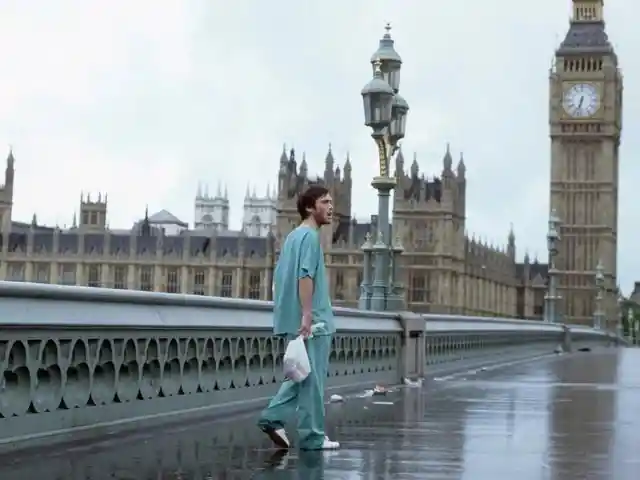
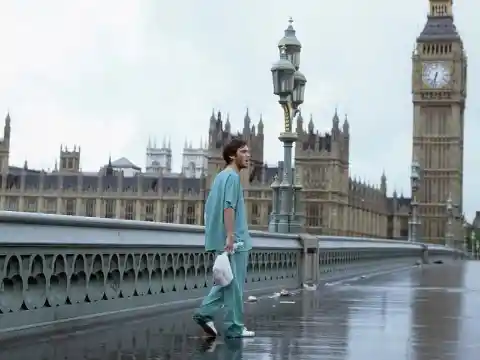
But had this happened, they never would have made the sequel, “28 Weeks Later.”
"The Descent"
In “The Descent,” the film’s heroine escapes a bunch of creepy underground monsters and crawls out of the cave she was trapped in.
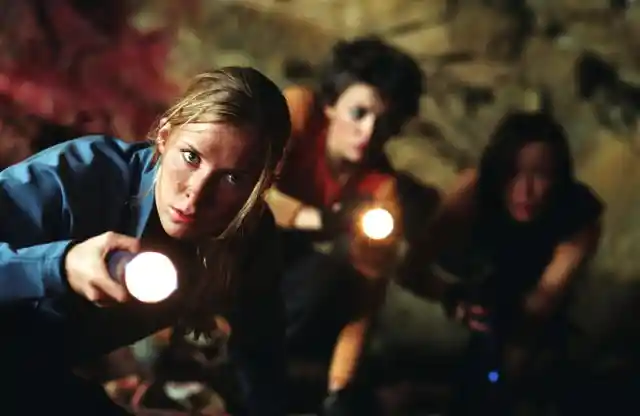
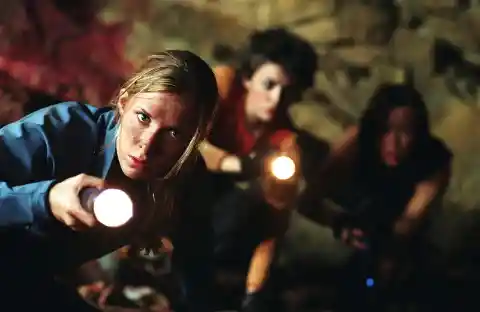
But the original ending showed her waking up after her seemingly successful escape and audiences soon realize she’s still trapped in the cave and hallucinating that she’s at her daughter’s birthday party just as the monsters move in for the kill.
"Final Destination"
In “Final Destination” three of the main characters survive only to realize that Death is coming after them again. But in the original ending, two main characters had a child together, which successfully stops Death from coming after them.
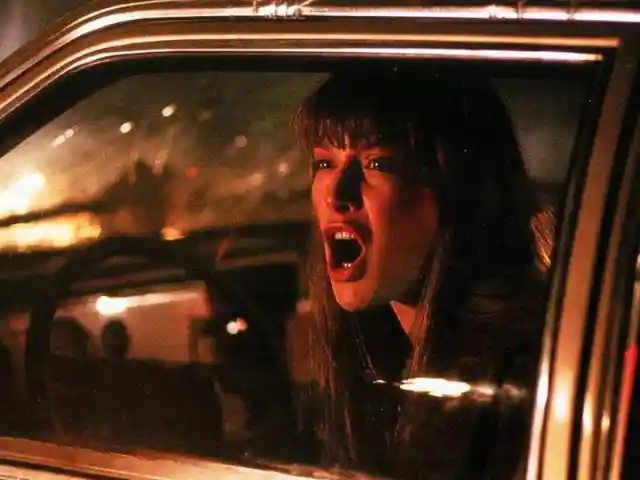
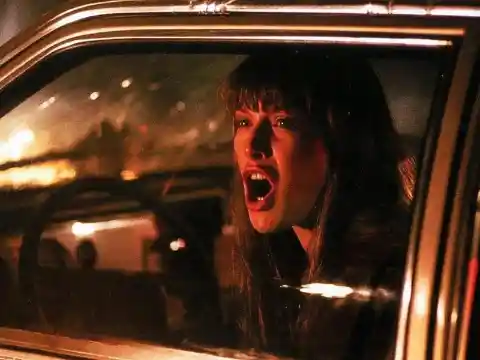
But that’s not the kind of ending you’d expect from a horror film, right?
"Terminator 2: Judgment Day"
At the end of “Terminator 2: Judgment Day,” audiences see a road in the middle of the night while Sarah Connor narrates about a hopeful but uncertain future.
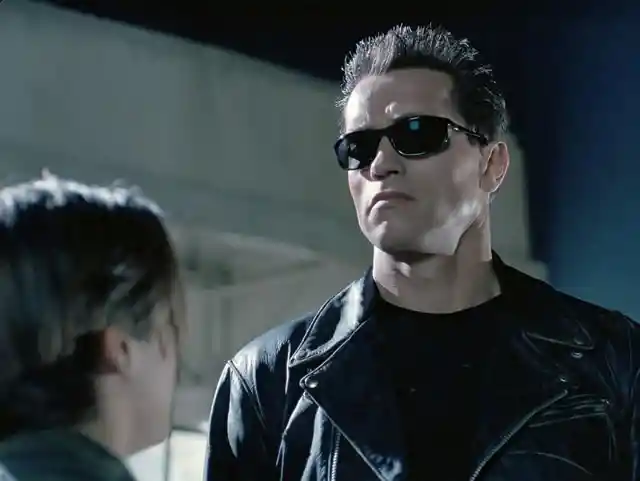
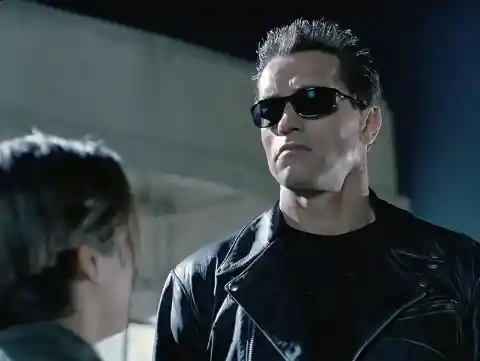
But in the original ending, we get to see an elderly Sarah watching her son John and her grandchild playing at the park, giving everyone a happy ending and no hope for sequels.
"Pretty Woman"
“Pretty Woman” had a happy ending with Richard Gere’s character Edward whisking Julia Roberts' character Vivian away from her sad, poor life in an apartment. But in the original ending, Roberts doesn’t end up with Gere.
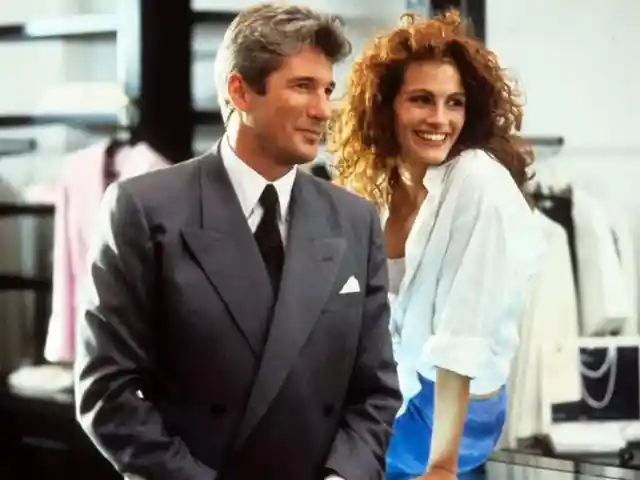
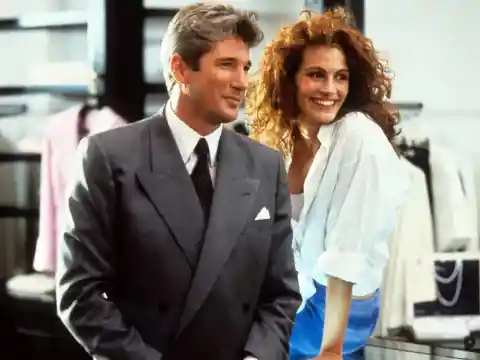
Instead she heads off to Disneyland with her best friend while feeling utterly hopeless about her future.
"Freddy vs. Jason"
In “Freddy vs. Jason,” Jason Voorhees from the “Friday the 13th" franchise goes up against Freddy from the “Nightmare on Elm Street” franchise. In the end, Jason emerges from the lake victoriously while holding Freddy’s head in one hand.
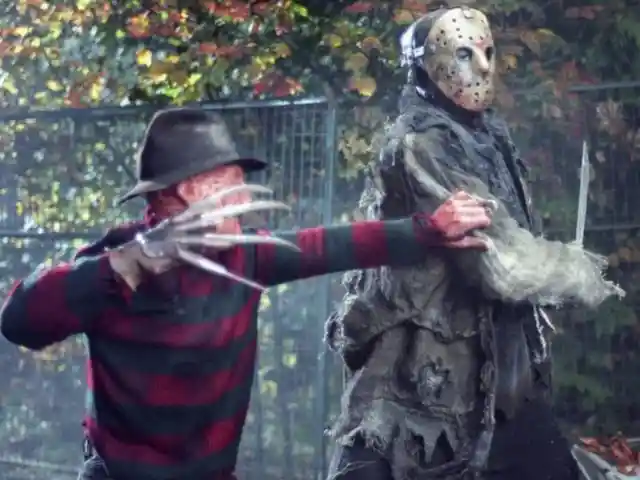
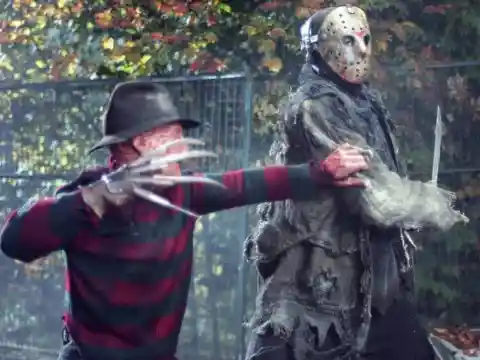
But in the original ending, Freddy and Jason fell to hell together and came face to face with the “Hellraiser” franchise’s Pinhead. This would have undoubtedly led to one more sequel.
"Jurassic Park"
Towards the end of the first “Jurassic Park” film, our heroes are being pursued through the InGen facility’s corridor by the raptors. But the original idea was to have them being pursued by a T-Rex as they made their way to the chopper.
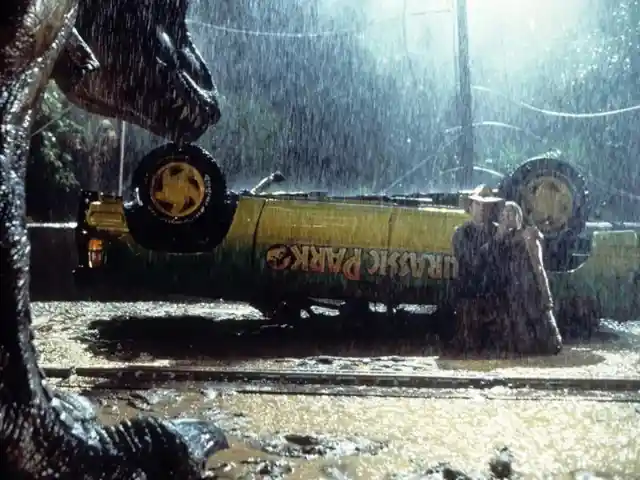
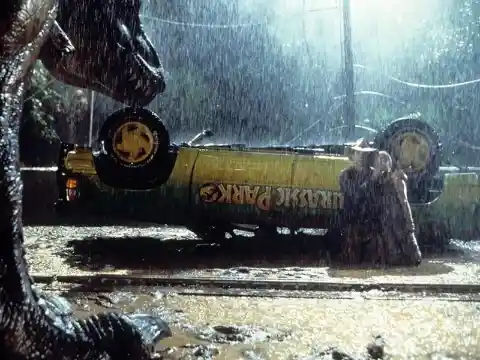
Still, you can’t argue with the fact that the ending that was ultimately produced was pretty awesome!
"Beetlejuice"
In “Beetlejuice,” Winona Ryder’s character Lydia made it to the end of the film alive and well.
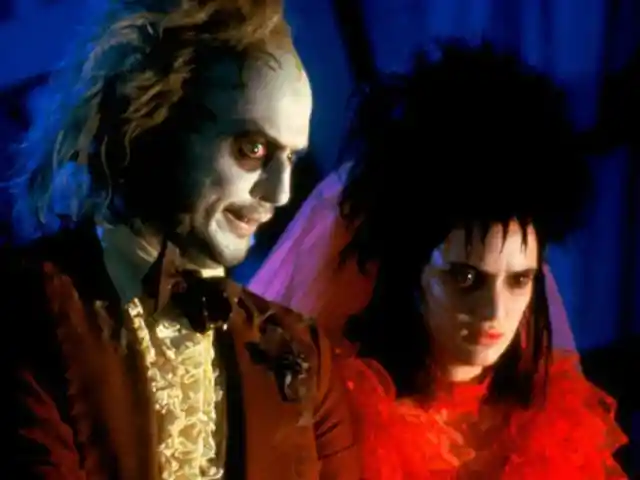
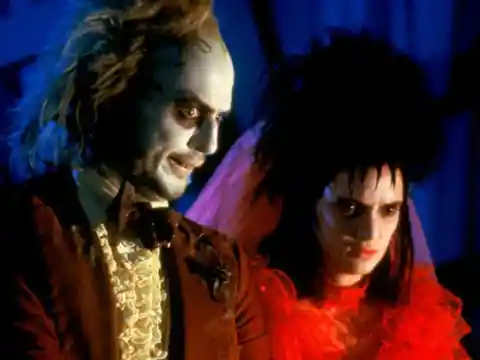
But in the original ending, Lydia was supposed to be set on fire on purpose so that she could spend the rest of eternity hanging with Beetlejuice and the rest of her ghost buddies.
"Thelma & Louise"
In "Thelma & Louise,” audiences get to see Thelma and Louise drive their car off a cliff to avoid being captured by cops who want to bring Louise in for shooting a man.
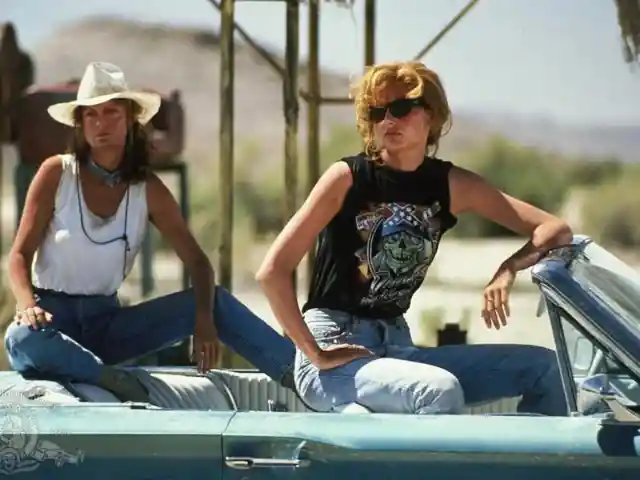
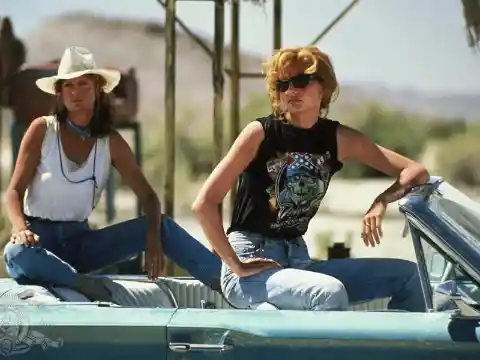
The original ending wouldn’t have been much different except you would have gotten to see the car explode once it crashed on the ground.
"Fatal Attraction"
The ending of “Fatal Attraction” shows Dan’s scorned wife, Beth putting her husband’s mistress, Alex in the ground. But the original ending had Alex take her own life and frame Dan for her death.
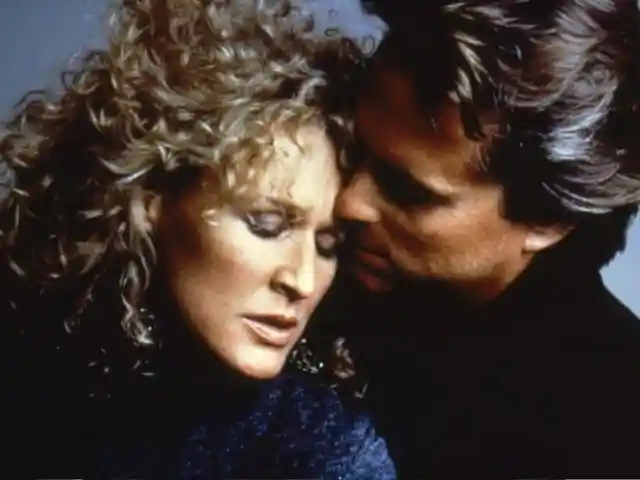
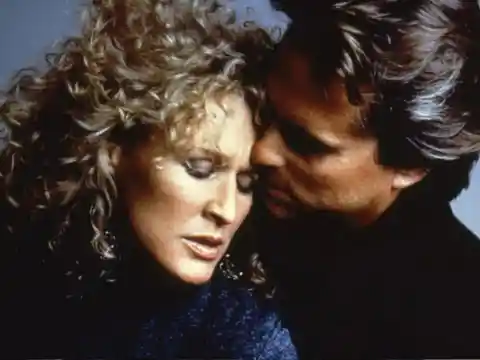
But she also left Dan’s wife, Beth, with evidence that would eventually clear him of any wrongdoings. But obviously, this ending wasn’t too popular with test audiences.